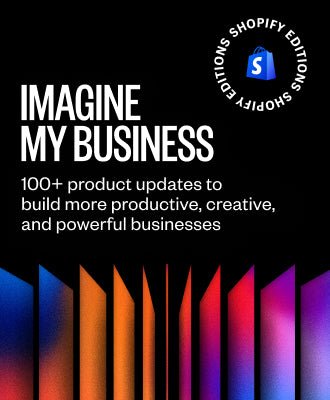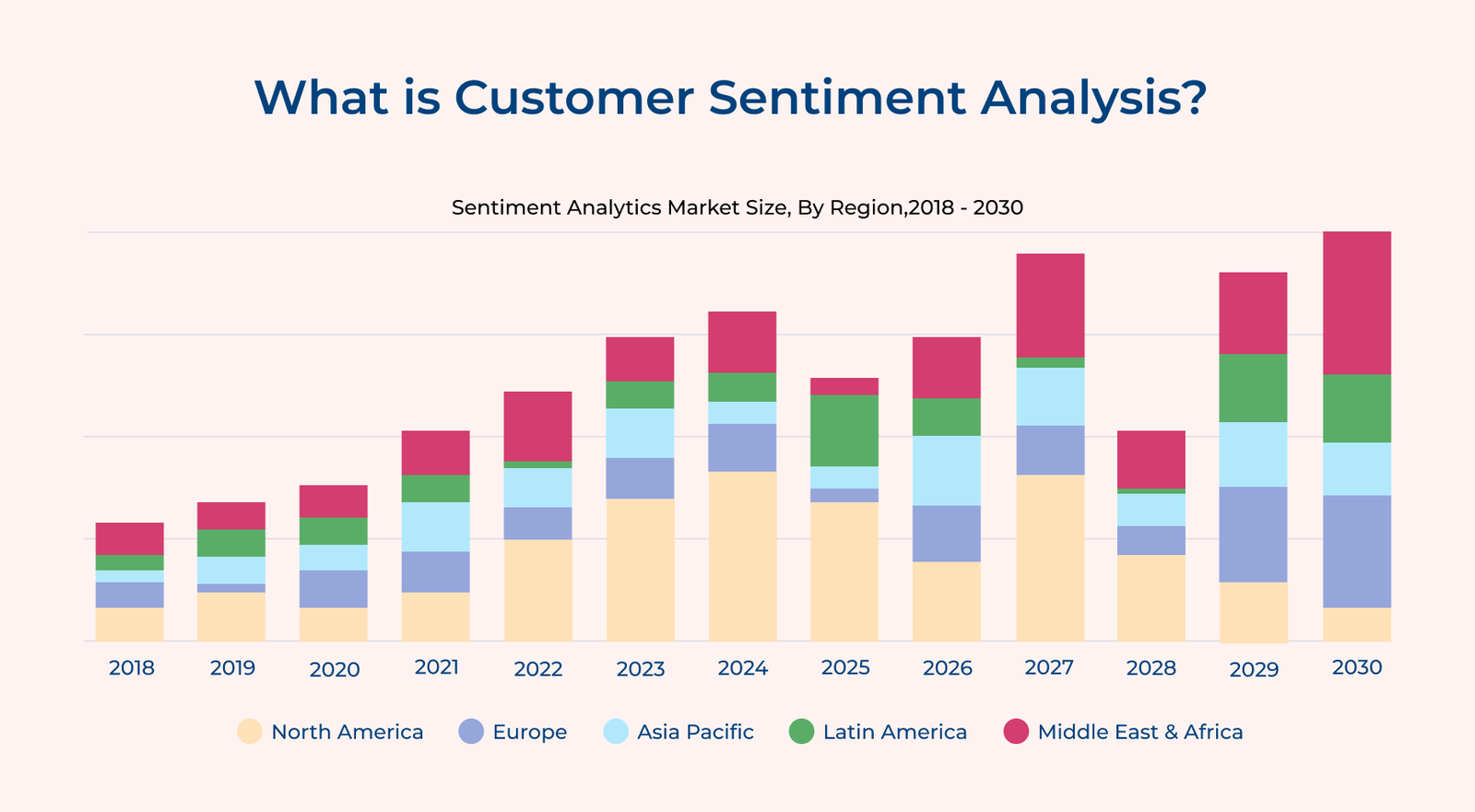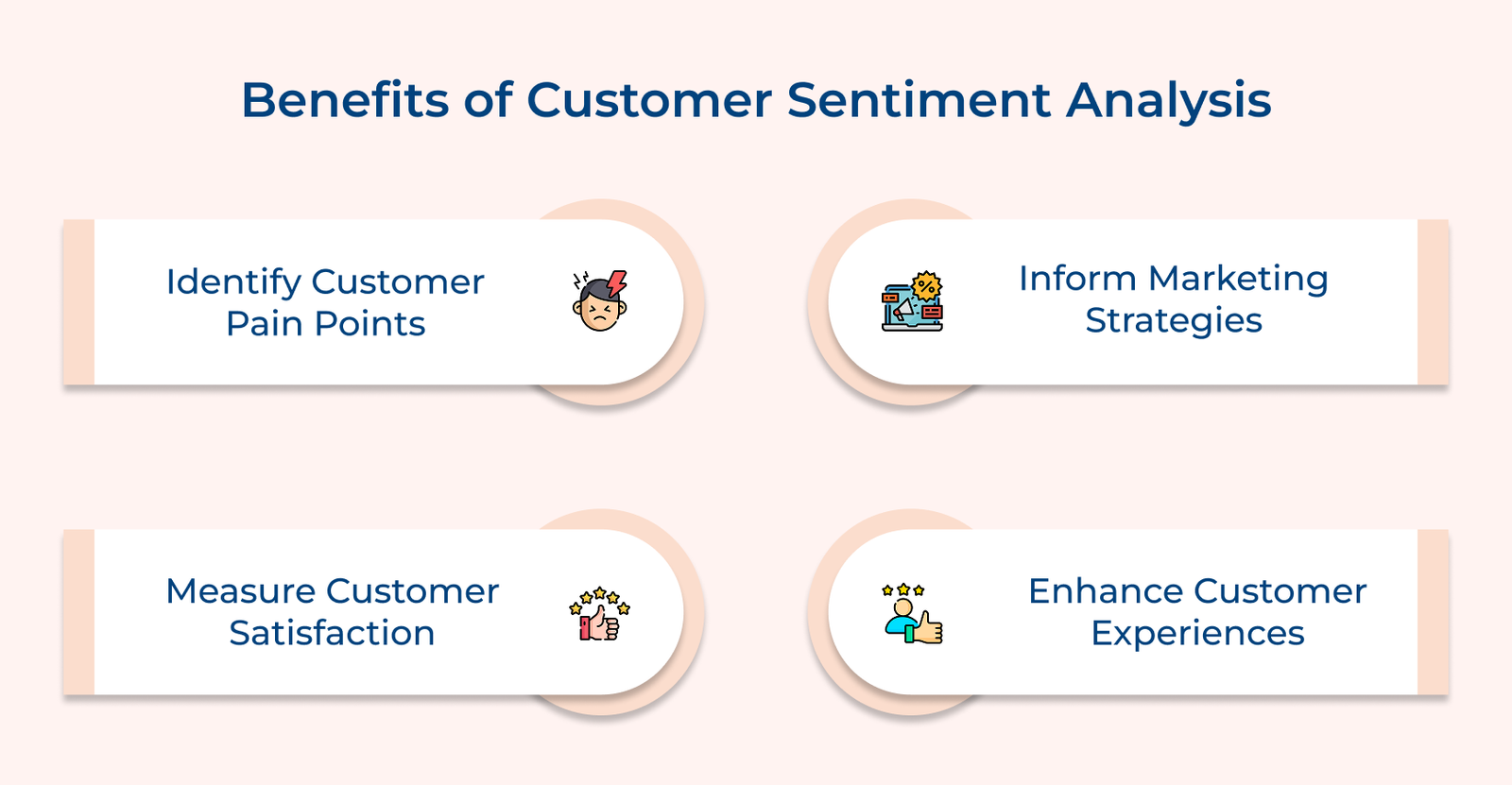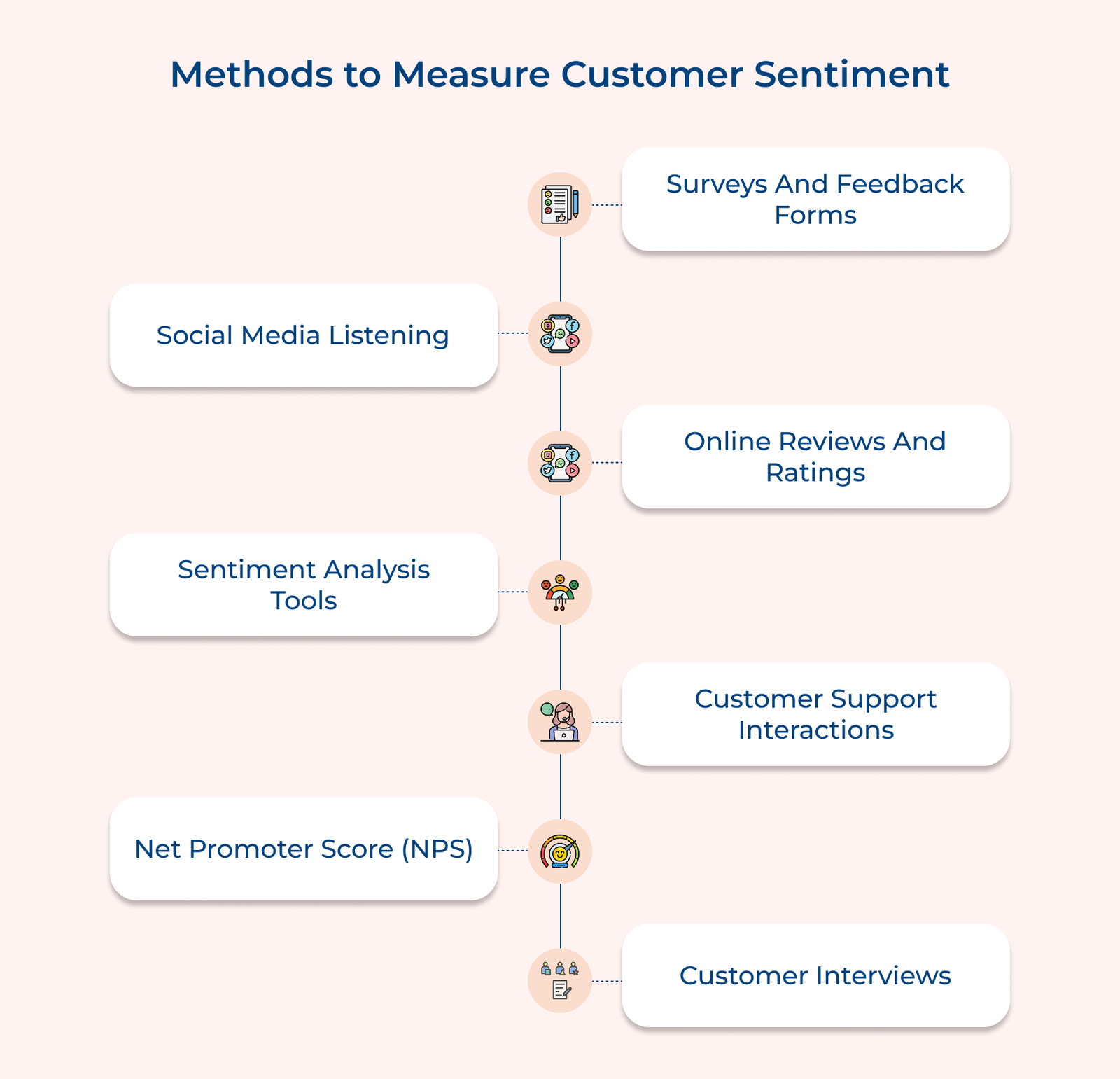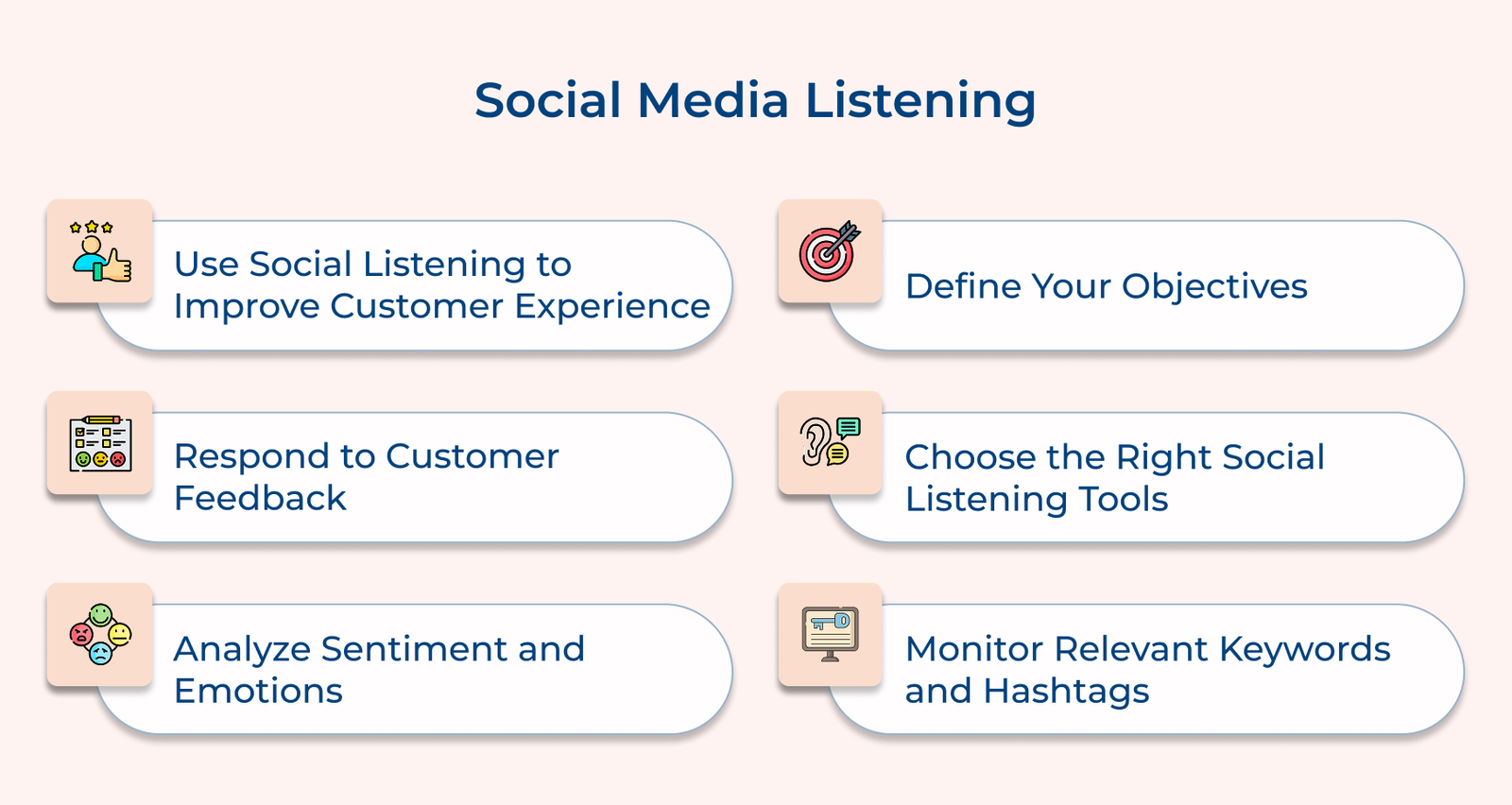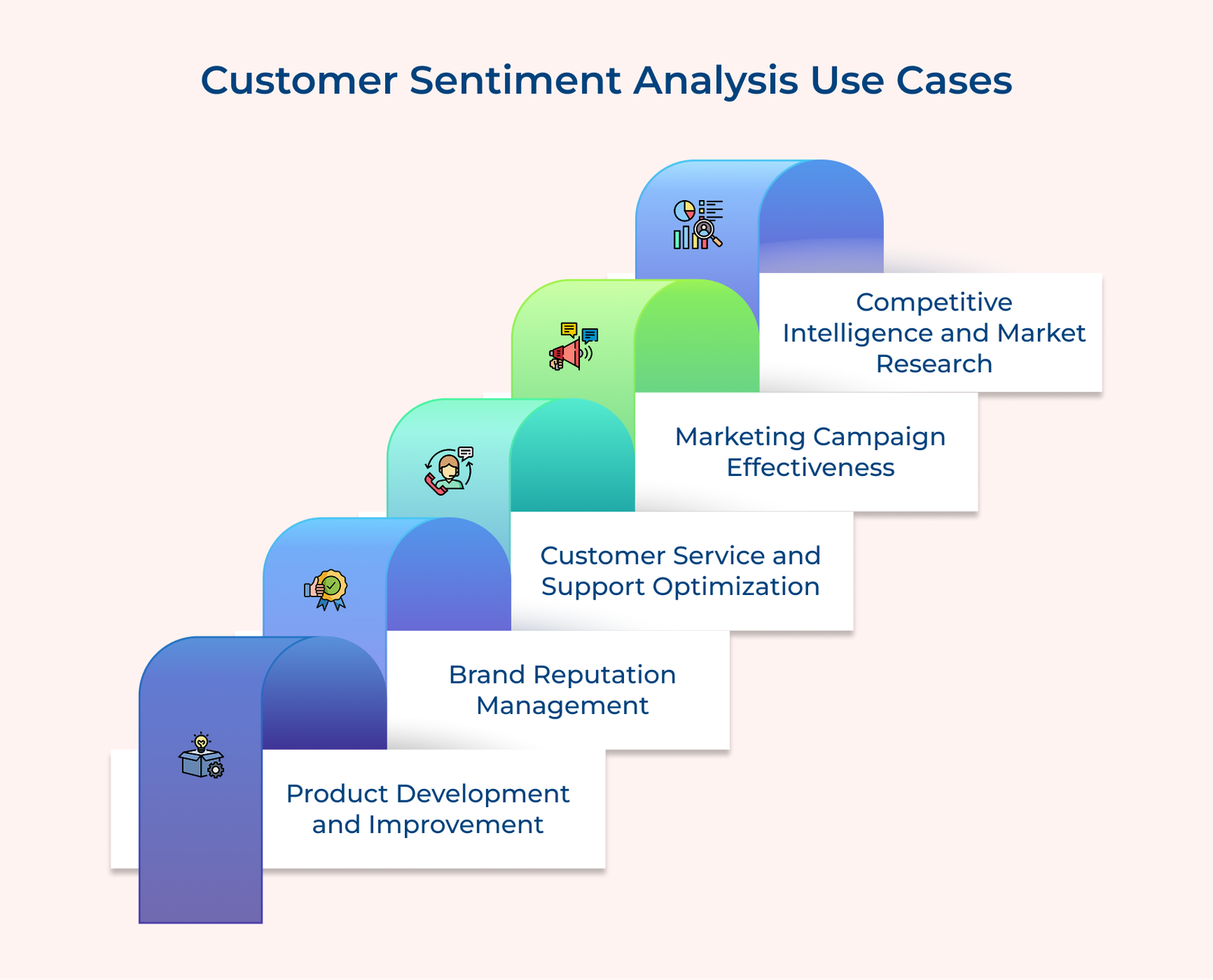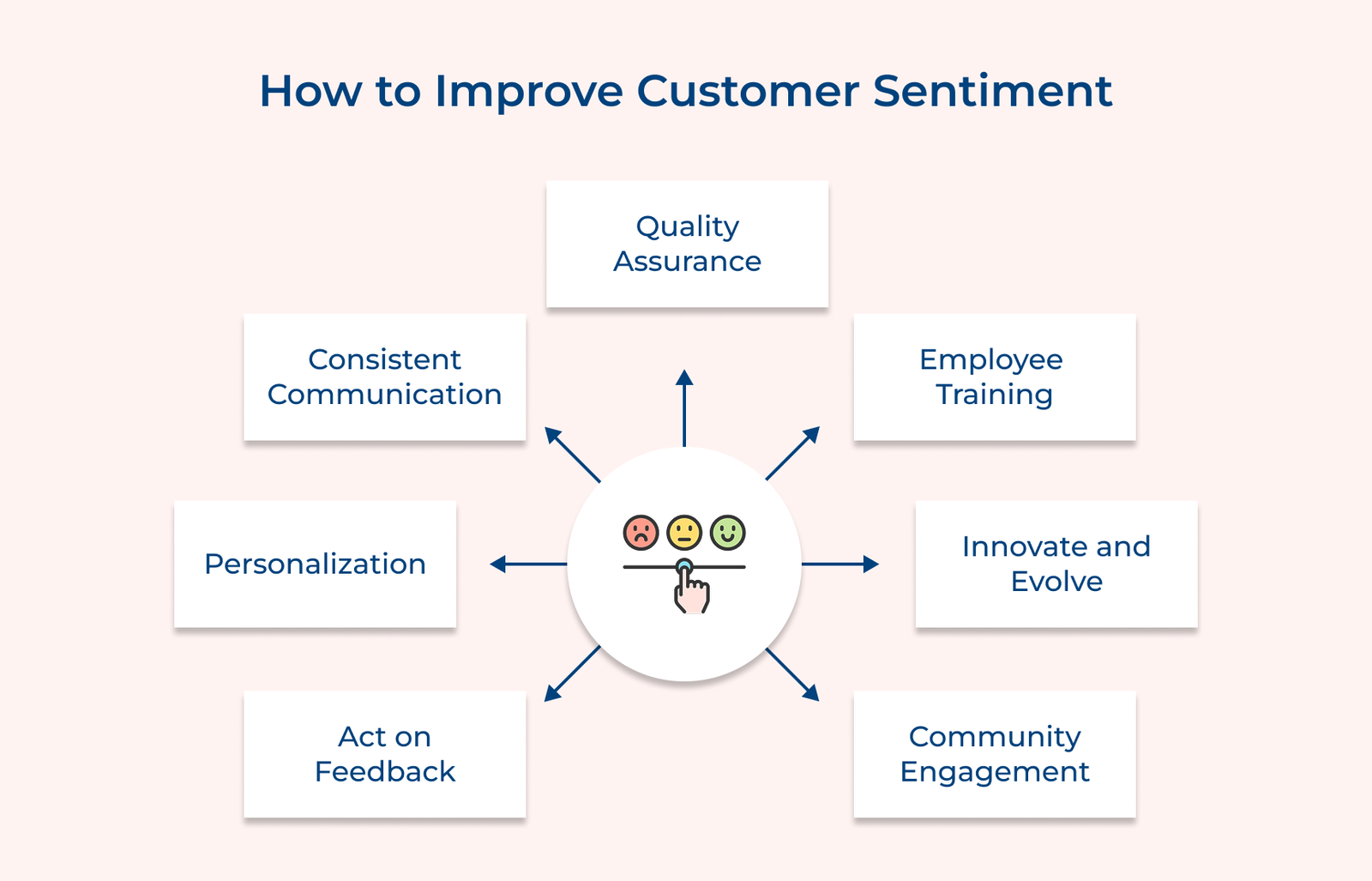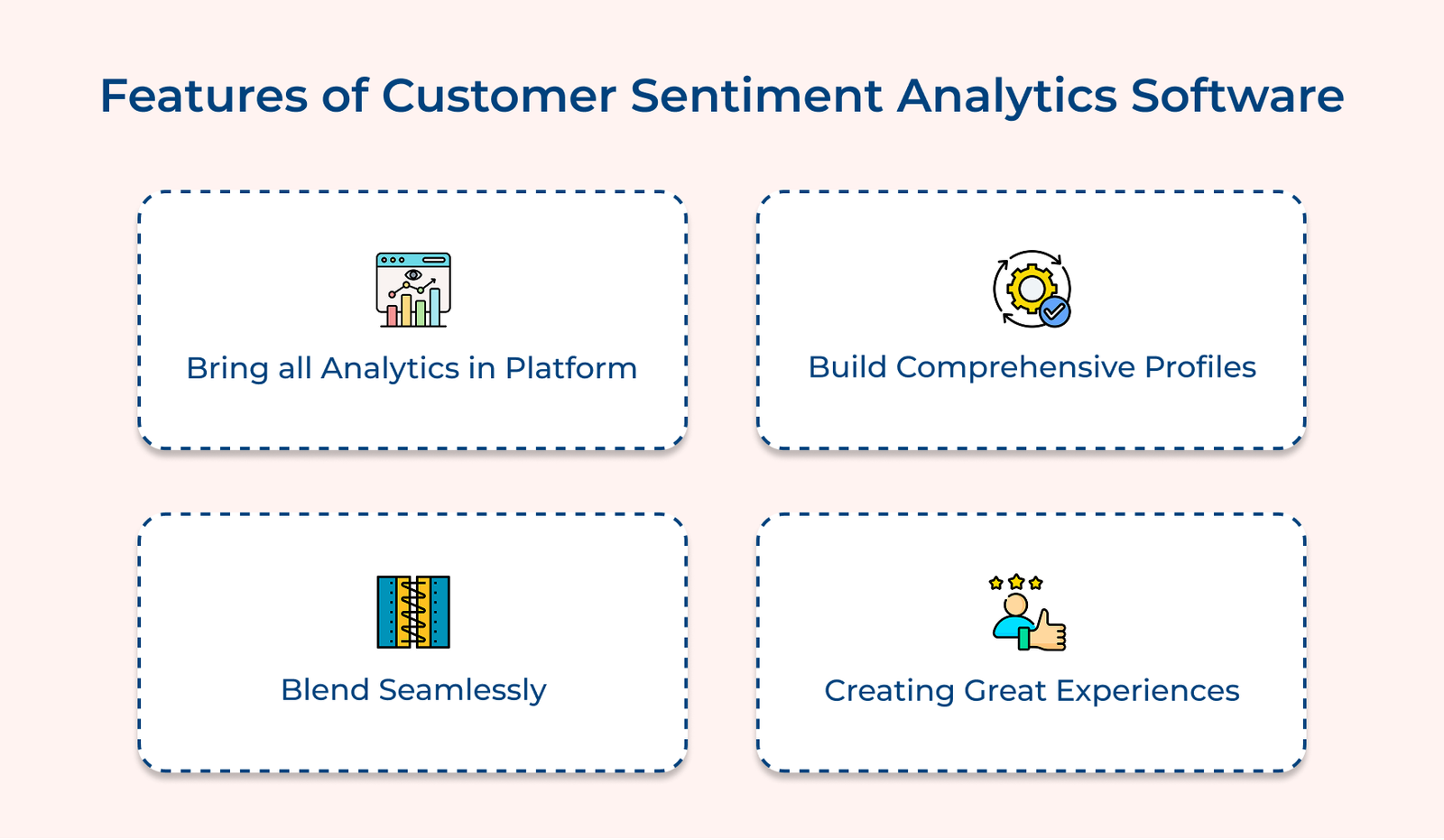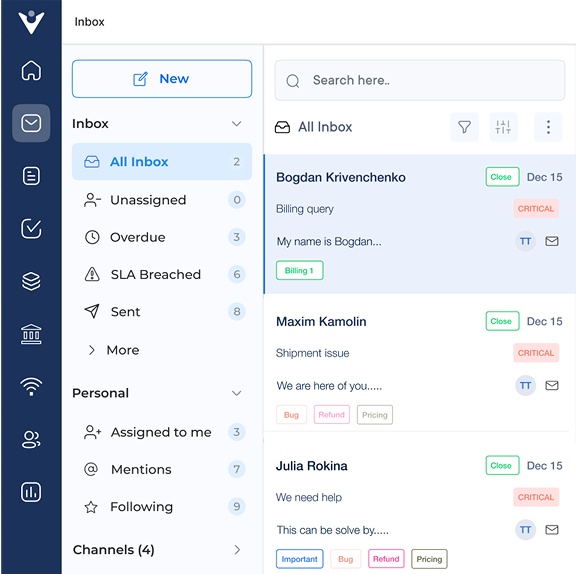The method involves actively monitoring social media platforms such as Twitter, Facebook, Instagram and online forums. Companies can track specific keywords, mentions, hashtags, or brand names to identify relevant conversations. There are various tools available for social media monitoring, including social media listening tools, sentiment analysis tools and natural language processing algorithms.
Pro tips:
- Identify relevant keywords, hashtags and brand mentions to track.
- Engage with customers by responding to both positive and negative feedback promptly.
- Analyze sentiment data to identify trends, pain points and areas for improvement.
3. Online Reviews and Ratings
Online reviews and ratings have become a crucial tool for measuring customer sentiment towards the offerings. 89% of consumers make an effort to read reviews before buying products online. They serve as an authentic channel for customers to express their experiences, satisfaction levels and opinions. Monitoring review sites such as Yelp, Amazon and Google Reviews has become imperative for businesses to gauge client sentiment.
Businesses can gain valuable insights into customer preferences, pain points and areas for improvement by analyzing the data. The advantages of utilizing online reviews and ratings are manifold. There are also disadvantages to consider, such as the possibility of fake or biased reviews, which can skew the sentiment analysis.
How to implement:
- Manual monitoring: Regularly checking review sites and manually analyzing the data.
- Automated sentiment analysis tools: Leveraging natural language processing (NLP) and machine learning algorithms to extract sentiment scores.
- Integrating review management platforms: Incorporating specialized software that aggregates reviews from multiple sources and enables efficient response management.
4. Sentiment Analysis Tools
Sentiment analysis tools have become essential for businesses to measure customer sentiment accurately and efficiently. The tools leverage advanced natural language processing and machine learning techniques to quantify the emotional tone expressed in various forms of customer feedback.
A common use case for sentiment analysis tools is in social media monitoring, where businesses can analyze customer conversations about their brand, products, or services in real-time. The feature allows them to quickly identify negative sentiment and capitalize on positive sentiment by engaging with satisfied customers.
How it works:
- Lexicon-based approach: Relies on a predefined dictionary of sentiment-carrying words, which are matched against the input text, audio, or image to determine the sentiment.
- Machine learning approach: Involves training machine learning models on large datasets of labeled sentiment data. The models can learn patterns and make accurate sentiment predictions on new data.
- Hybrid approach: Combines lexicon-based and machine-learning techniques to leverage the strengths of both approaches.
5. Customer Support Interactions
The interactions encompass various channels, such as phone calls, emails and live chat sessions, where customers directly express their concerns or satisfaction with a company’s offerings. Analyzing customer support data allows businesses to gain insights into customer experiences and sentiments.
Let’s consider that a company offering a software application could analyze customer support transcripts to identify recurring complaints about a specific feature or functionality. The information could then be used to prioritize product improvements or enhance user education efforts.
Pro tips:
- Encourage detailed feedback: Train support representatives to prompt customers for detailed feedback and specific examples during interactions.
- Integrate data sources: Combine customer support data with other sources, such as social media mentions for a detailed understanding of customer sentiment.
6. Net Promoter Score (NPS)
The Net Promoter Score (NPS) is a widely used metric for measuring customer sentiment and loyalty. The purpose is to gauge customer satisfaction and identify promoters or detractors of a brand or product. Calculating NPS involves, customers being asked a straightforward question: “On a scale of 0 to 10, how likely are you to recommend [company/product/service] to a friend or colleague?”
The NPS is calculated by subtracting the percentage of detractors from the percentage of promoters, resulting in a score ranging from -100 to 100. Let’s assume that if 25% of respondents are promoters, 60% are passives and 15% are detractors, the NPS would be 25% – 15% = 10%.
Key benefits:
- Simplicity: The single question makes it easy to collect and interpret data.
- Actionability: NPS identifies specific customer segments (promoters and detractors) for targeted improvement efforts.
- Benchmarking: NPS allows for cross-industry and cross-product comparisons, enabling companies to gauge their performance relative to competitors.
7. Customer Interviews
Customer interviews are a powerful qualitative method for measuring consumer sentiment. They involve directly engaging with customers through structured conversations to gather in-depth insights, feedback and perspectives on their experiences with a company’s offerings.
One advantage of customer interviews is the ability to probe deeper into customer sentiments, motivations and pain points that may not be apparent through quantitative data alone. A potential disadvantage is the limited sample size, which can make it challenging to generalize findings to the entire customer base.
Best practices:
- Develop a structured interview guide: Prepare a list of open-ended questions that encourage customers to share their experiences, opinions and sentiments in detail
- Ensure a comfortable environment: Create a relaxed and safe environment for customers to freely express their thoughts, ensuring confidentiality if necessary
- Active listening and probing: Listen attentively, follow up with probing questions and encourage customers to elaborate on their responses to uncover deeper insights
Use Cases of Customer Sentiment Analysis
Explore real-world customer sentiment use cases across different industries and learn how to leverage it to improve customer satisfaction:





